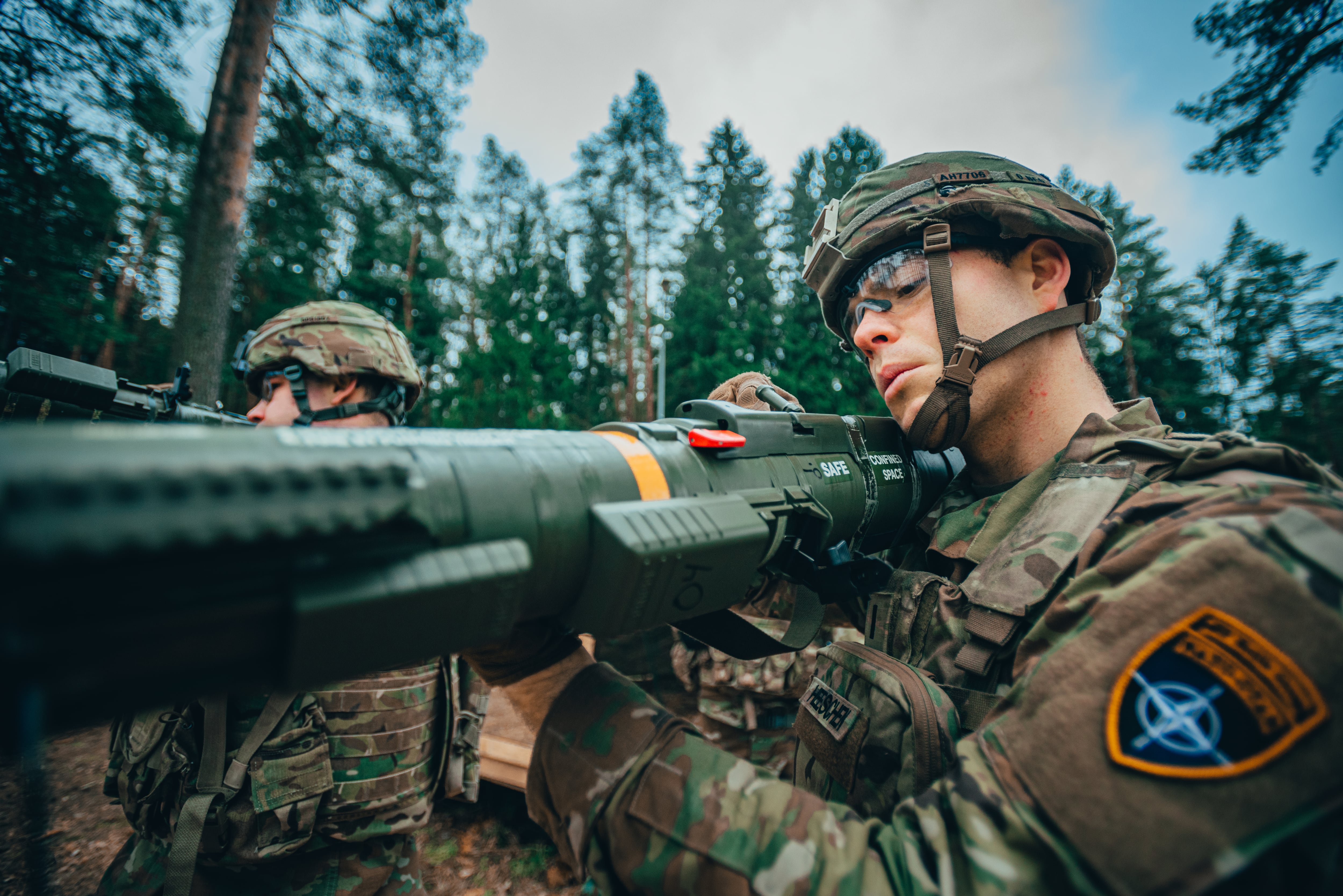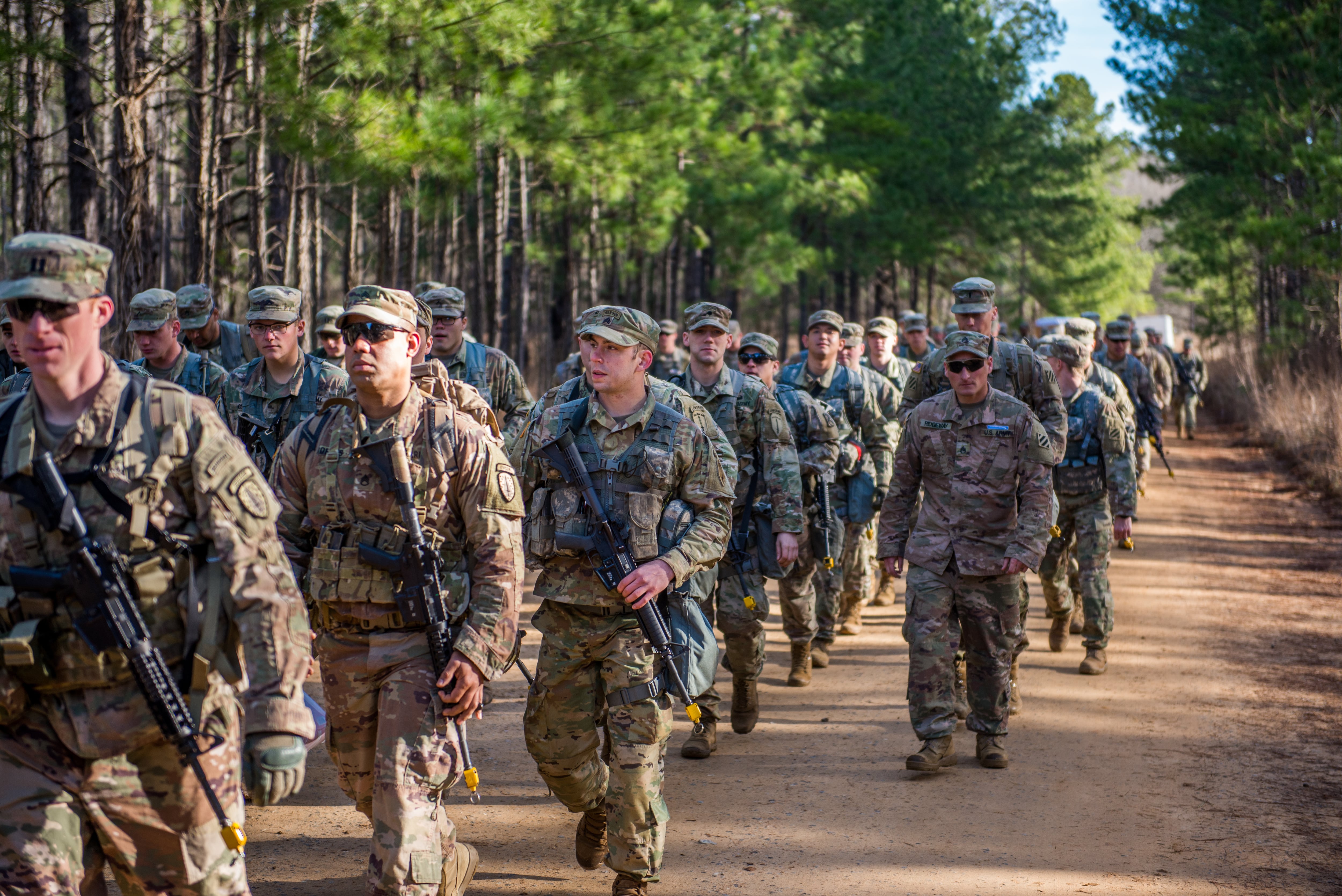Army leaders paused the shipment of new recruits to basic combat training today, citing the gradual growth of the coronavirus pandemic around the country.
The pause will last two weeks at a minimum, and will be assessed from there, said Gen. Paul E. Funk II, commander of the Army Training and Doctrine Command, during a Pentagon press briefing Monday.
The pause does not impact those already at basic training locations, where drill sergeants will continue to practice social distancing and medical screening of recruits, Funk said. After those trainees graduate basic, they’ll still proceed to advanced individual training, as well.
There have been about 100 total coronavirus cases across the Army’s training base so far, some of whom already recovered. But the pause was not sparked by an outbreak at any specific training site, according to Funk, who framed it instead as an opportune time to take a “tactical pause.”
“April and May are our lowest shipping months anyway,” said Funk. “We’re in a good spot in the Army in terms of getting the conditions set to be ready for the summer surge.”
RELATED

Army Recruiting Command has been using a model compiling data from the Center for Disease Control and other sources to determine how the pandemic is spreading.
“Throughout the United States, as certain areas went red, we reduced our shipping numbers from the [military entrance processing stations] those counties fed into,” said Maj. Gen. Frank M. Muth, who leads recruiting efforts.
When the counties go back to an amber or green color, which would indicate slowing rates of infection, Army leaders will reassess the feasibility of shipping recruits, Muth added.
The pause could go longer than two weeks, but Funk doesn’t anticipate any major issues in the near term with how the Army fills out its formations with fresh troops to replaced soldiers leaving the service.
“We have about 54,000 [personnel] in some form or fashion in the training base now, so those were the recruits who were going to come for the next couple of months anyway,” said Funk. “Right now, it’s not impacting readiness, so we’ll be able to continue with those in the base.”
RELATED

A bigger challenge, Funk added, will be lining of the transportation needed to shuffle trainees throughout the Army’s nation-wide installations as they graduate from one school and move on to the next. That’s an issue his command is planning through now.
The Army began increased screening measures for basic training recruits in mid-March. At the time, recruiters had moved to the virtual space and the service continued to bring new trainees in as it was deemed mission essential to replenish the force.
Army leaders said they were assessing the levels of infection in each state and screening recruits for symptoms before their arrival at MEPS, which all services send recruits through. Recruits were screened a second time at MEPS and then a third time at basic training.
When soldiers arrived to their reception battalion, they were minimally in-processed and moved into controlled monitoring for two weeks, which includes a daily CDC questionnaire and temperature readings, said Maj. Gen. Lonnie G. Hibbard, Army Center for Initial Military Training commander.
“Once they get out of that 14 days of controlled monitoring and they’re not showing symptoms ... we move them into our controlled bubble where we begin to do collective training," Hibbard said.
The increased screening measures already reduced the number of arriving trainees by about 50 percent. That gives more space at basic training locations and helps trainees maintain a six-foot distance between one another.
“What we’ve directed is all classes that can be executed outdoors will be outdoors,” Hibbard added. “For those things we can’t execute outdoors due to weather, based on how we’re filling at 50 percent, we can maintain the social distancing in the classrooms. ... When they can’t, we’ll look at how we’re using the gaiter or other cloth-type face masks."
Kyle Rempfer was an editor and reporter who has covered combat operations, criminal cases, foreign military assistance and training accidents. Before entering journalism, Kyle served in U.S. Air Force Special Tactics and deployed in 2014 to Paktika Province, Afghanistan, and Baghdad, Iraq.




